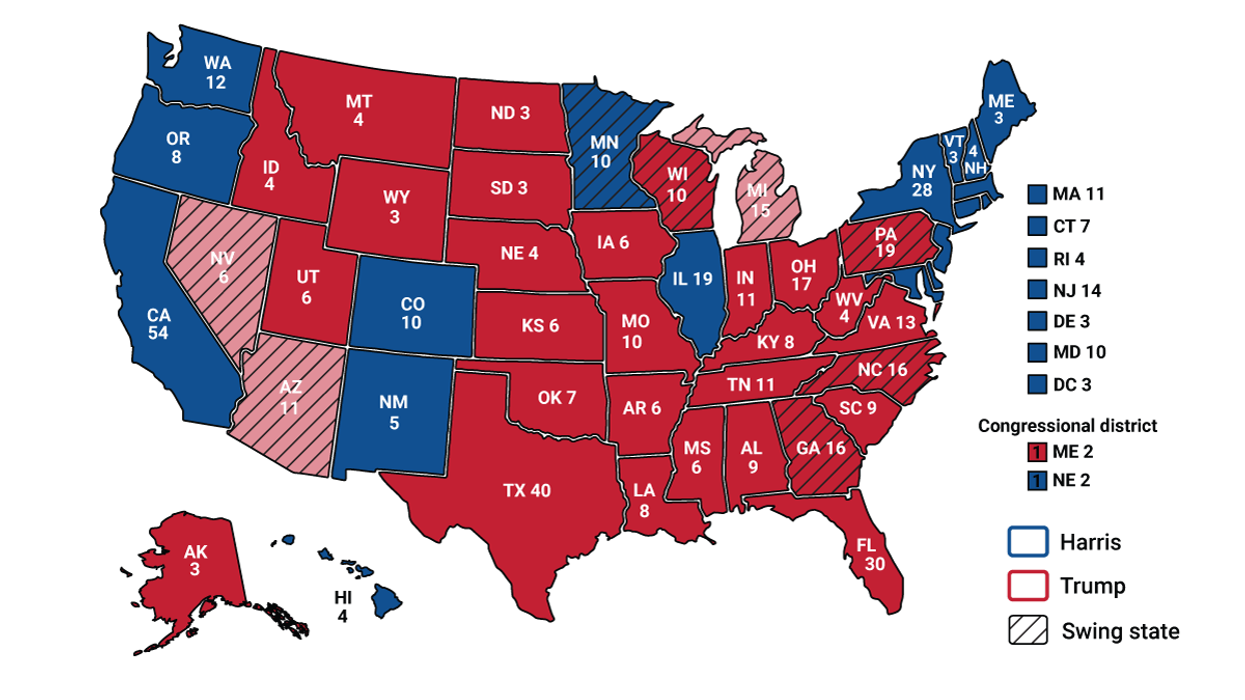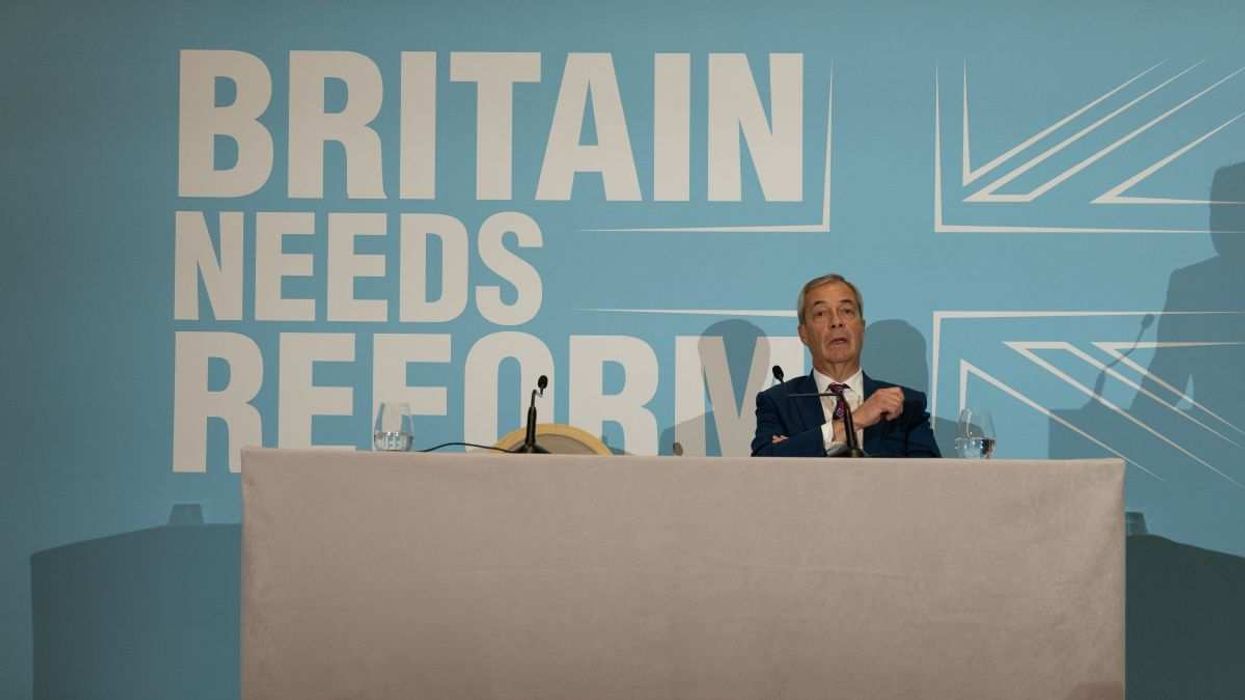Israel and Hamas have agreed that in principle an exchange of Israeli hostages for Palestinian prisoners could take place during a month-long cease-fire.
The glimmer of hope came after a month of mediation efforts led by Qatar, the US, and Egypt in recent weeks. The talks have focused on releasing Israeli hostages in return for a break in hostilities, the release of Palestinian prisoners, and more aid to Gaza.
However, there is reason to doubt this deal will come to fruition.
Israeli Prime Minister Benjamin Netanyahu is under immense pressure from his war cabinet and the hostages’ families to rescue the 130 remaining in Gaza by any means necessary. But destroying Hamas is his first priority, which he has repeatedly said could only be done through “total victory.”
Israel signaled it would be open to a permanent cease-fire if Hamas removes six senior leaders from Gaza, an offer Hamas vehemently rejected.
Meanwhile, Hamas is refusing to move forward until a permanent cease-fire is guaranteed. The hostages are a powerful bargaining chip for Hamas, so they are unlikely to release them all before a permanent cease-fire is on the horizon.
Hamas also said any agreement would need to include a complete withdrawal of Israel from the Gaza Strip. That is a no-go for Israel, which is constructing an IDF-controlled buffer zone on Gaza’s side of the border in an effort to thwart any future attacks like the one Hamas waged on Oct. 7.
So while both sides may agree on the deal in principle, they are far from seeing eye to eye.



















